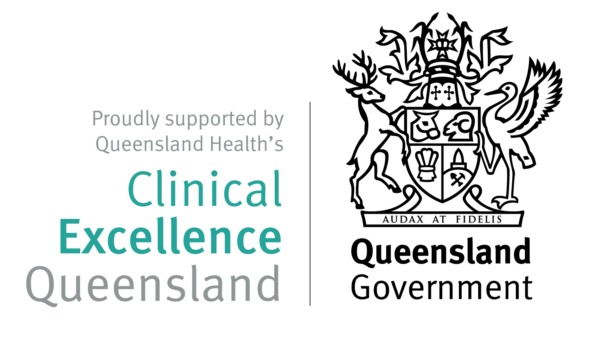Primary health care has an important role in preventing and managing overweight and obesity and other modifiable risk factors such as poor nutrition, physical inactivity, alcohol consumption, smoking and vaping. Discussing these risk factors, regardless of a person’s weight, is key to helping reduce future chronic disease risk. These health behaviour focused conversations are an important part of preventative health care for all individuals.
Perfectly positioned to support a person’s health needs long term, primary health care providers can provide anticipatory guidance to parents, families, children and adults to support healthy weight and health related behaviours.[4-9] Maintaining a healthy weight is associated with a lower risk of a wide range of chronic conditions such as Type 2 Diabetes, cardiovascular disease, hypertension and some cancers.[10] Weight is impacted by many social, economic, and environmental factors, which are important to consider for every individual. Routine weight, height and waist circumference assessments as part of a holistic assessment are important to determine overall health risk. As waist circumference can indicate visceral adiposity, incorporating waist circumference measures alongside BMI can provide an indication of weight distribution.
Research has shown that patients value the advice of trusted health care providers and expect health behaviours to be discussed as part of routine consultations, whilst ensuring a person-centred approach.[1, 5] Supporting health behaviour change requires an understanding of a patient’s readiness, motivation and confidence. Encouraging patient driven behaviour change with an emphasis on small and sustainable changes can make a big difference long term.
Children living with overweight and obesity should be managed in primary health care using multi-disciplinary services coordinated by the primary health care provider, unless referral to hospital or specialist services is indicated. For further support on management within Primary Care, view the Resource Hub.
Preventive health starts early – 1 in 5 Australian children are living with overweight or obesity by the age of 5.[3] Overweight and obesity in childhood can progress into adulthood, increasing disease biomarkers and the risk of cardiovascular disease, Type 2 Diabetes, stroke and poor mental health.[1][2][4]
Parents and caregivers are the primary influence on the development of eating habits, physical activity and sedentary behaviours with parenting styles playing a role in developing healthy habits. However, the ability of families to make nutritious food and physical activity choices is challenging in Australia’s environment.[3]
Small but sustainable changes can have lifelong positive outcomes. Preventive health is key to this. Connection to local programs can provide valuable support, helping individuals achieve better health outcomes.
Health and Wellbeing Queensland is supporting Queenslanders with initiatives that make healthy happen.





















